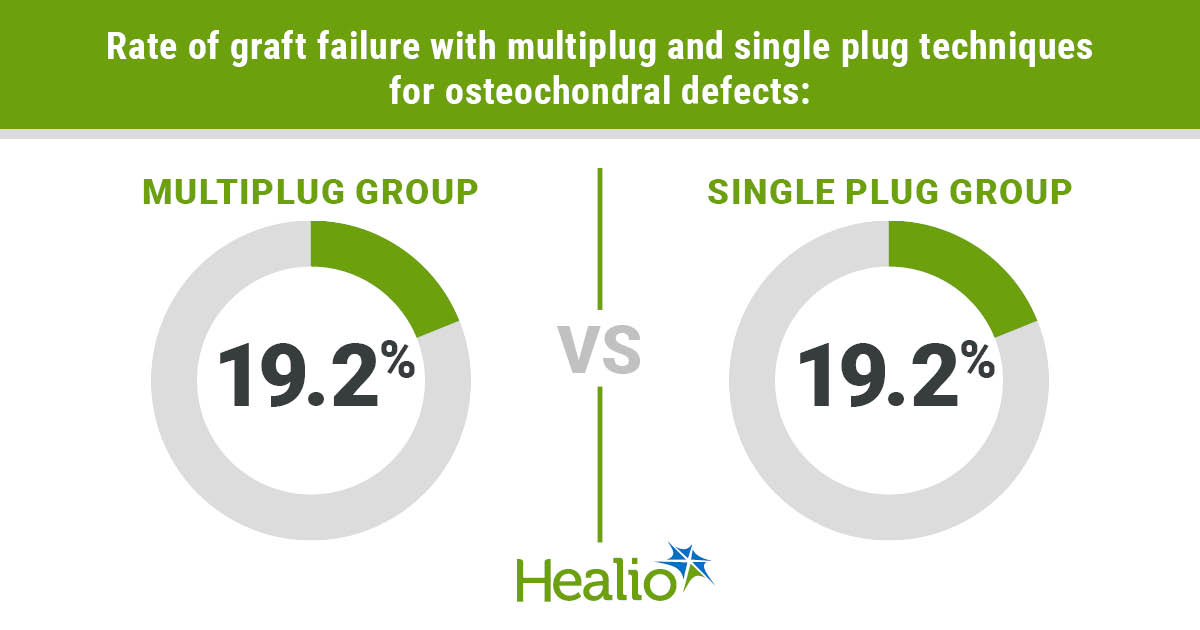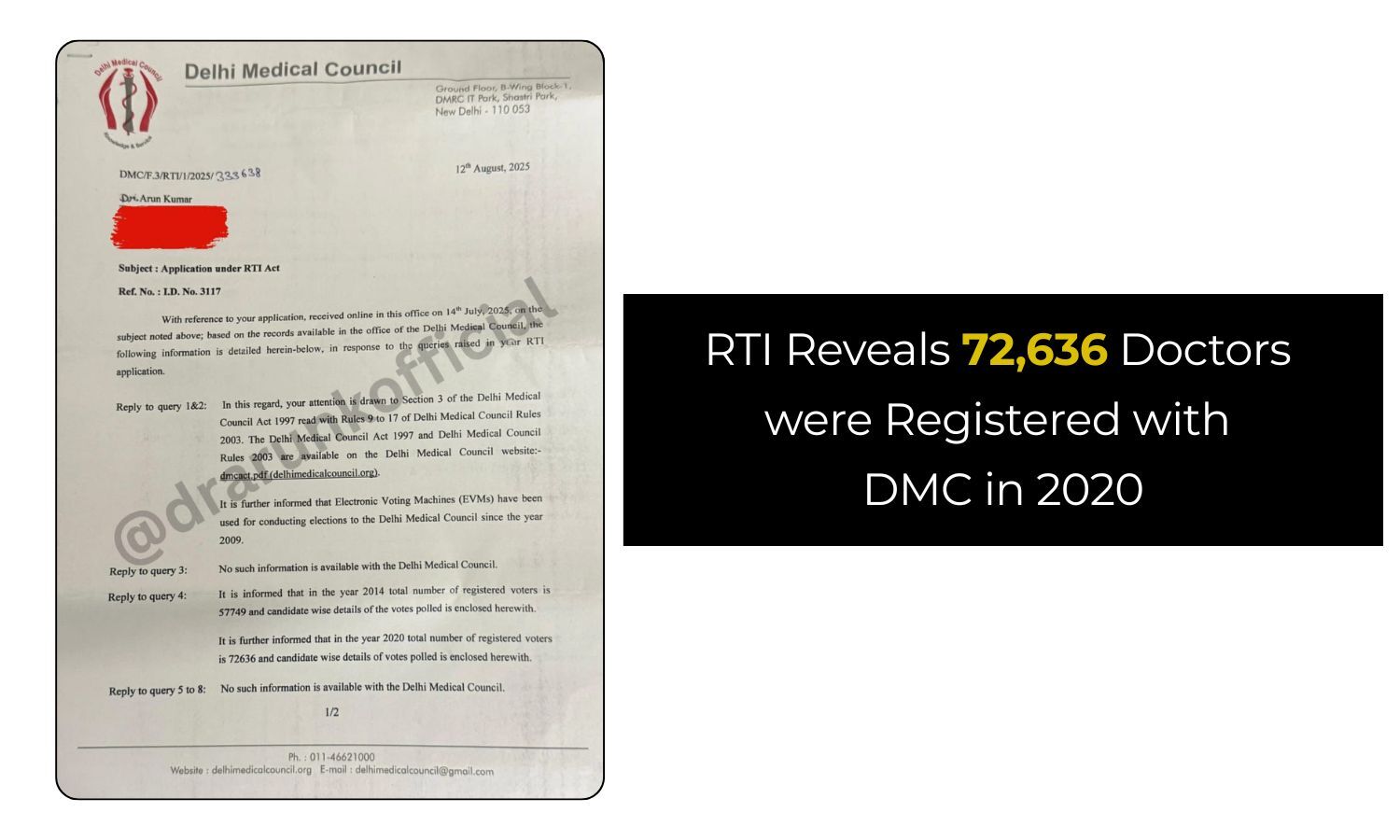September 30, 2025
1 min read
Key takeaways:
- Osteochondral allograft transplantation with the multiplug technique had comparable outcomes vs. the single-plug technique for osteochondral defects.
- Defect size is just one parameter to dictate treatment.
A matched cohort analysis showed multiplug snowman osteochondral allograft transplantation had comparable clinical outcomes and graft survivorship vs. single-plug circular osteochondral allograft transplantation for similar sized defects.
“Both groups did well whether we used single plugs or multiple plugs, and it may not necessarily be the size of the defect but rather the shape of the defect that dictates treatment techniques,” Brian J. Cole, MD, MBA, professor and acting chair in the department of orthopedics at Midwest Orthopaedics at Rush in Chicago, told Healio.

Data were derived from Mufti YN, et al. Am J Sports Med. 2025;doi:10.1177/03635465251352172.
Cole and colleagues propensity score matched patients with osteochondral defects of the knee who underwent snowman osteochondral allograft transplantation (n = 26) with those who underwent single-plug osteochondral allograft transplantation (n = 52) based on age, sex, BMI, defect location and defect size. Researchers assessed IKDC subjective score, Lysholm score, KOOS score and SF-12 Health Survey, and determined rates of achieving the minimal clinically important difference (MCID) or patient acceptable symptom state (PASS) for patient-reported outcome measures.

Brian J. Cole
According to the results, patients in the snowman group and single-plug group had no differences in the rate of achieving the MCID or PASS. Cole and colleagues found 19.2% of patients in the snowman group experienced graft failure at a mean of 1.7 years and 19.2% of patients in the single-plug group met criteria for failure at a mean 6.6 years.
Although treatments for osteochondral lesions have historically been based on defect size, Cole said “size is just one parameter.”
“There are a number of other parameters that are important when determining how to treat a defect and it is the shape of the defect, as well, which determines one treatment method vs. another,” Cole said.
For more information:
Brian J. Cole, MD, MBA, can be reached at brian.cole@rushortho.com.












